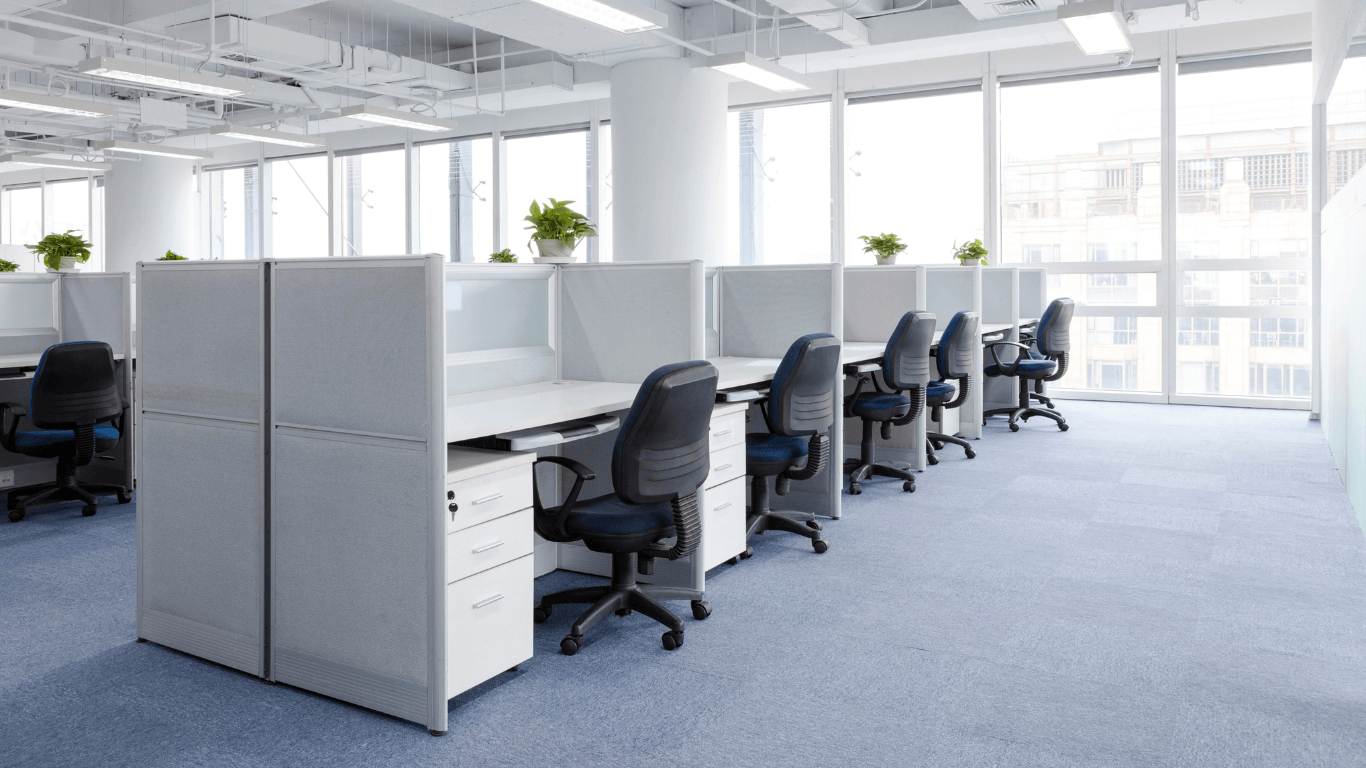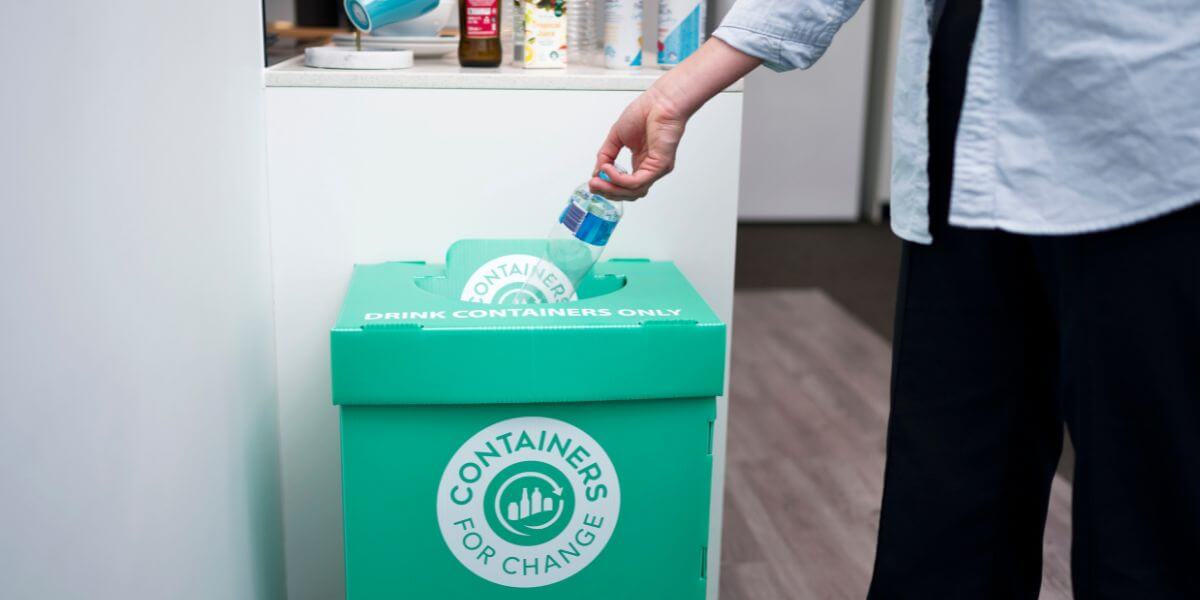EMISSIONS, SUSTAINABLE LIVING
Save Money and Reduce Your Carbon Footprint with Solar: A Renter’s Guide
With energy prices soaring, finding ways to cut electricity costs while reducing your carbon footprint has never been more important.
Installing solar panels is a smart, long-term solution, but what if you rent your home? While renters don’t have the final say on solar installations, there are still ways to benefit from renewable energy.
How much can solar save you?
The average Queensland household spends nearly $2,000 a year on electricity, according to the Australian Energy Regulator (AER). Solar power can significantly cut energy bills, and tools like the SunSPOT Solar and Battery Calculator can help estimate potential savings.
If you’re renting, convincing your landlord to install solar could lead to long-term financial and environmental benefits for both parties.

How to encourage your landlord to invest in solar
1. Highlight the benefits for property owners
When discussing solar with your landlord, focus on key advantages:
- Increased property value and attractiveness: Solar-equipped rentals appeal to tenants looking for lower power bills and sustainability-focused homes.
- Tax incentives: Installation costs may be tax-deductible as a depreciating asset.
- Environmental impact: Renewable energy reduces carbon emissions and supports Australia’s clean energy transition.
2. Research available rebates & incentives
Government incentives can reduce the upfront costs of solar installation. The Small-scale Renewable Energy Scheme (SRES) offers Small-scale Technology Certificates (STCs), which act as discounts on solar system purchases. Some local councils also provide additional support, so check for any available rebates in your area.
3. Propose a cost-sharing agreement
A well-structured proposal can make it easier for your landlord to say yes. Offer to pay slightly higher rent to contribute to installation costs—but ensure the increase is lower than your expected energy savings. The Solar for Rentals Calculator can help estimate the financial impact.
Solar for apartments: What to consider
For apartment renters, solar installation can be more complex. Since rooftops are shared spaces, securing approval from the body corporate is essential. Additionally, limited roof space may mean fewer benefits for individual units.
What if your landlord says no?
If your landlord isn’t ready to install solar, you can still reduce energy costs with these alternatives:
- Use off-peak electricity: Run appliances during lower-tariff hours.
- Switch to LED lighting: Reduce energy consumption with efficient bulbs.
- Choose high-star energy-rated appliances: Opt for devices that use less power.
- Use portable solar devices: Solar-powered outdoor lights or small solar batteries can provide renewable energy benefits.
- Switch to a GreenPower plan: Ask your energy retailer about plans that match your electricity usage with renewable energy fed into the grid.
Looking for a rental with solar?
If solar is a priority, consider searching for rentals that already have it installed. Websites like realestate.com.au allow you to filter properties with solar panels, making it easier to find an energy-efficient home.
Final thoughts
Solar power isn’t just for homeowners. With the right approach, renters can encourage landlords to embrace renewable energy, benefiting both their wallets and the environment. Even if solar panels aren’t an option, there are plenty of other ways to live sustainably and cut electricity costs.
Thinking about making the switch to solar or renewable energy? Start by researching incentives, talking to your landlord, and making small changes to reduce your power bill today.








